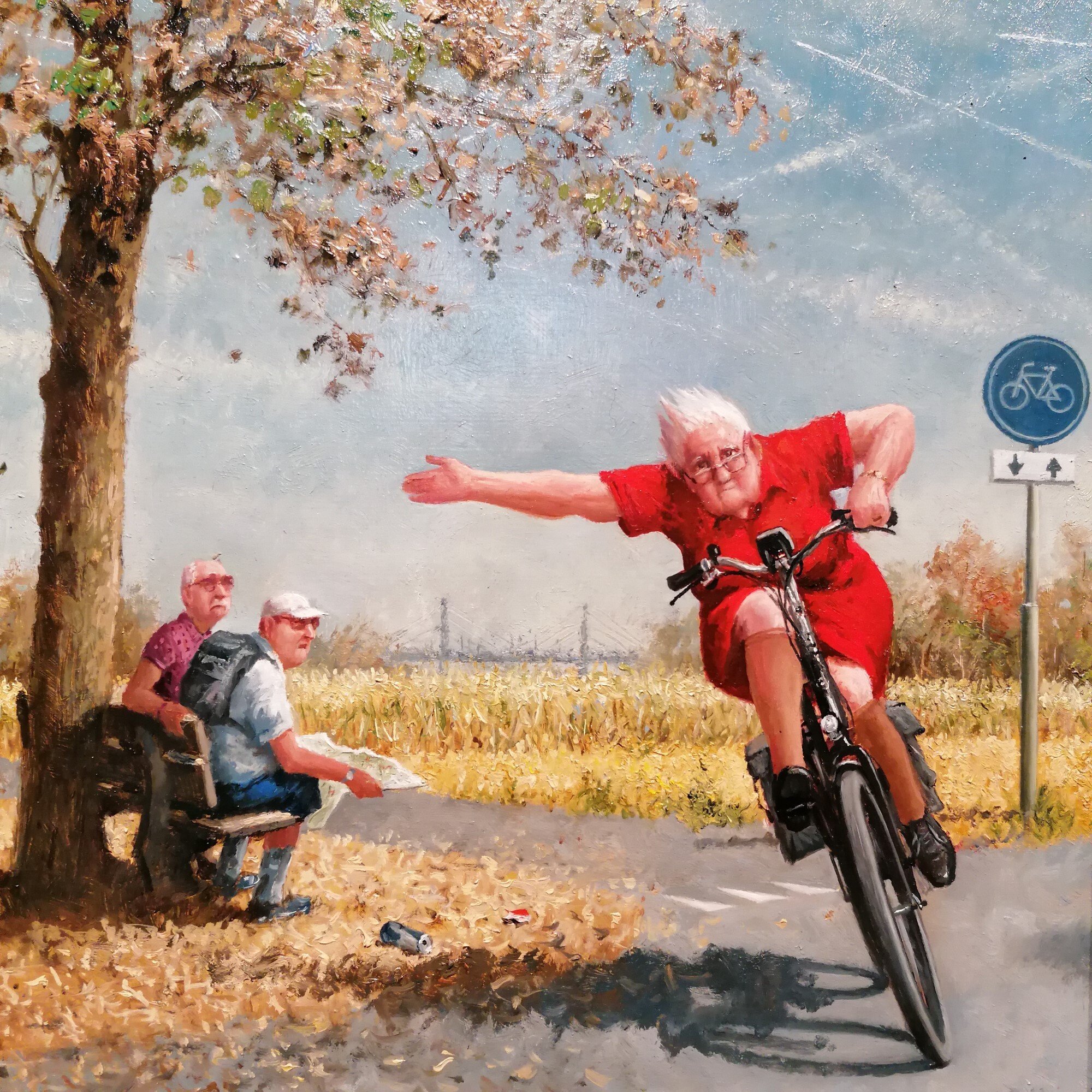Traditional Art
From dabblers to masters, obscure to popular and ancient to futuristic, this is an inclusive community dedicated to showcasing all types of art by all kinds of artists, as long as they're made in a traditional medium
'Traditional' here means 'Physical', as in artworks which are NON-DIGITAL in nature.
What's allowed: Acrylic, Pastel, Encaustic, Gouache, Oil and Watercolor Paintings; Ink Illustrations; Manga Panels; Pencil and Charcoal sketches; Collages; Etchings; Lithographs; Wood Prints; Pottery; Ceramics; Metal, Wire and paper sculptures; Tapestry; weaving; Qulting; Wood carvings, Armor Crafting and more.
What's not allowed: Digital art (anything made with Photoshop, Clip Studio Paint, Krita, Blender, GIMP or other art programs) or AI art (anything made with Stable Diffusion, Midjourney or other models)
make sure to check the rules stickied to the top of the community before posting.
view the rest of the comments


Huh. I had never considered this, but in countries where they drive on the left, they must use their right arms to signal instead of the left!
?
On a bike you use the arm of whichever way you're going. Or do you stretch your left arm across your face when you're going right?
That is very incorrect. The hand signals are universal between bicycles, motorcycles, and cars, so you use the arm that you could stick out the window in a car. In places with left hand drive, you'd use your left arm. To indicate a left turn, you stick your arm straight out to the side. To indicate a right turn, you stick your arm out, but bend your elbow 90 degrees so your forearm is pointing straight up.
Not universally incorrect. There seem to be regional differences. In Germany it is: use the arm on the side you want to turn to.